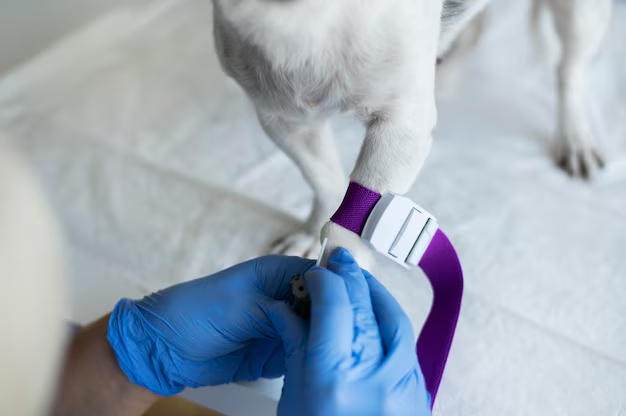How to Become a Dog Physical Therapist: Education and Certification Pathways
Embarking on a career as a dog physical therapist, formally known as a canine rehabilitation therapist, is an exciting journey that combines your love for animals with a specialized skill set in veterinary science and therapy. To establish yourself in this field, a foundational step is acquiring a formal degree in veterinary medicine or physical therapy. Often, aspiring dog physical therapists start with a Doctor of Veterinary Medicine (DVM) degree or a degree in physical therapy, where you can gain essential knowledge of animal anatomy and clinical practices. Advanced coursework in animal science, biology, or kinesiology is highly beneficial, as it lays a strong groundwork for understanding the complexities of canine physiology.
Beyond degrees, certifications play a pivotal role. Pursuing the Canine Rehabilitation Therapist (CCRT) certification from a recognized institution is highly recommended. This certification involves rigorous coursework, practical experience, and an examination, equipping you with the expertise to devise and implement rehabilitation programs for dogs. Moreover, obtaining a state veterinary license, if you follow the veterinary path, is crucial for legally practicing as a dog physical therapist. These educational and certification paths underscore the importance of comprehensive, formal training to ensure you provide effective therapeutic care to our four-legged friends.
Degrees, Certifications, and Licenses:
- 🎓 Doctor of Veterinary Medicine (DVM)
- 🎓 Degree in Physical Therapy (PT)
- 📜 Certified Canine Rehabilitation Therapist (CCRT)
- 📜 State Veterinary License (if pursuing veterinary path)
- 📄 Additional Courses in Animal Science, Biology, or Kinesiology

Related Topics
- Becoming A Psychologist
- Becoming A Psychologist
- Becoming Counseling Psychologist
- Criminal Psychologist Timeline
- Become LCSW
- Licensed Counselor Timeline
- Neuropsychologist Timeline
- Become A Psychologist
- School Psychologist Timeline
- Sports Psychologist Timeline
- Become Clinical Psychologist
- Become LCSW
- LCSW Timeline
- Social Worker Timeline
- Become A Psychologist